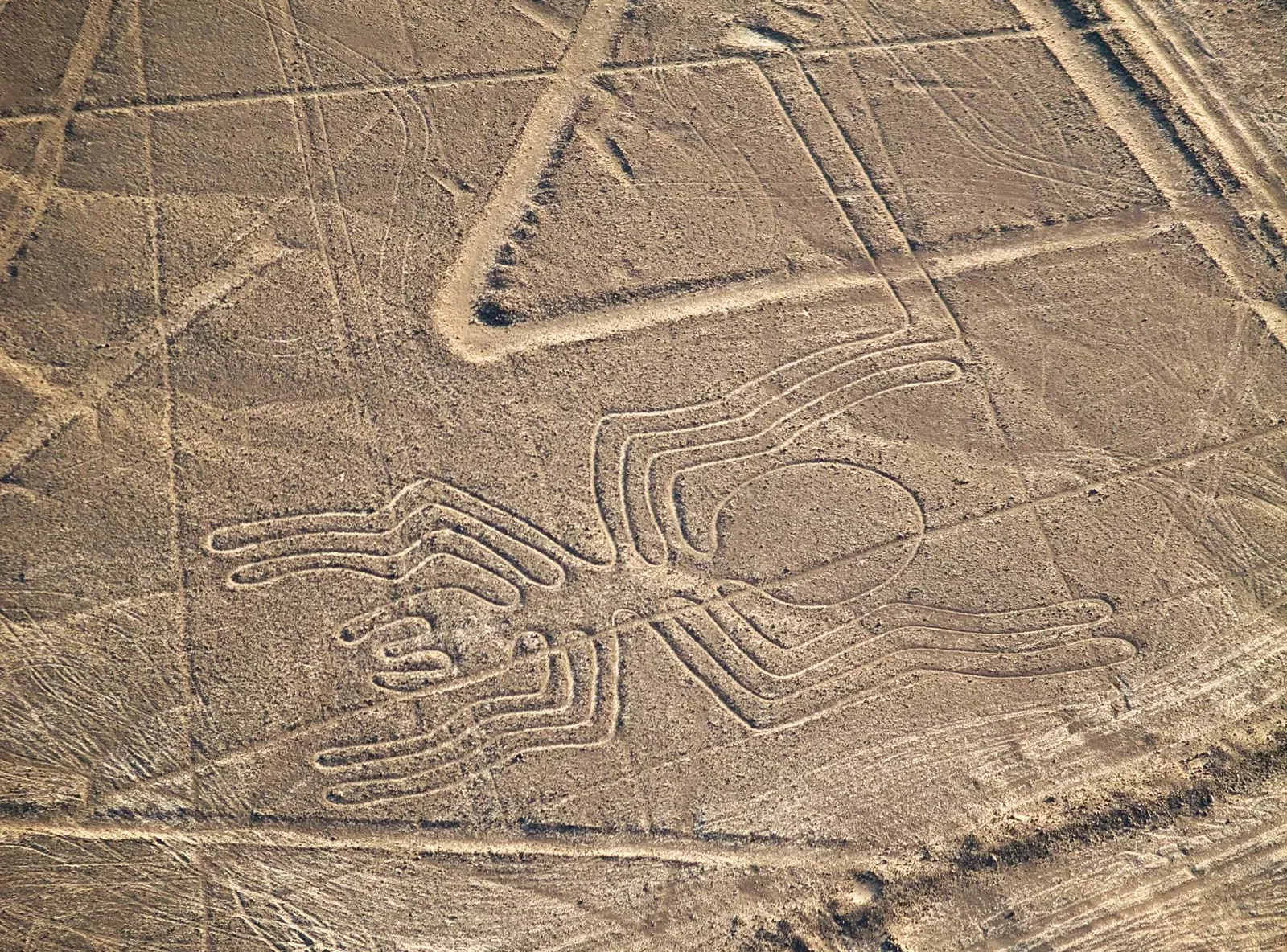Sprawled across the arid plains of southern Peru, the Nazca Lines are one of the most enduring mysteries of the ancient world. These massive geoglyphs—depicting animals, plants, and geometric shapes—stretch across nearly 1,000 square kilometers. Created by the Nazca culture between 500 BCE and 500 CE, the lines have long intrigued archaeologists, historians, and astronomers alike. While their precise purpose remains debated, one compelling theory is that they functioned as an early form of astronomical observatory.
Some researchers, notably Maria Reiche, have proposed that the lines aligned with celestial bodies and events, such as solstices and star risings. For instance, certain lines appear to point directly at the setting sun on the winter solstice. The idea is that the Nazca people may have used these lines as a calendar or a ritual site to mark agricultural cycles. Other theories suggest the geoglyphs played roles in water rituals, religious pilgrimages, or were offerings to deities seen in the sky.
Recent discoveries using satellite imagery and drone technology have revealed hundreds of previously undocumented figures and patterns, some dating even earlier than previously thought. These advances have deepened our understanding of the Nazca culture’s sophistication and their potential astronomical knowledge. Regardless of their function, the Nazca Lines remain a striking testament to humanity’s long-standing fascination with the cosmos.







